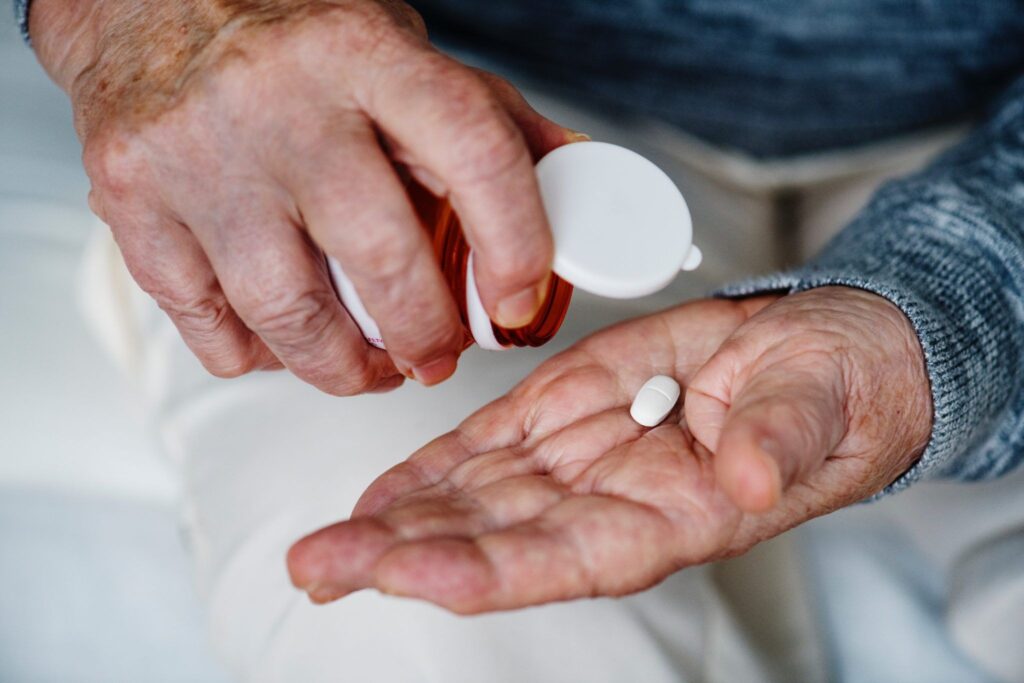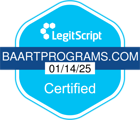Addiction treatment, called MAT, or medication-assisted treatment, is a highly effective evidence-based method of helping those with substance use disorder reach recovery and sobriety. Though the science behind the medications used in these programs is highly researched and approved by experts around the world, there are still many misconceptions surrounding methadone treatment and other medications that have been helping people reach recovery for decades.
MAT is Short-Term
This is one of the most common myths about MAT, and harmful to those who really need help most. Methadone treatment, for example, has been around since the 70s to help with opioid use disorder and is a long-acting opioid agonist that works to relieve withdrawal symptoms in the patient. Each person’s treatment plan will vary, from medication dosage to treatment length. Depending on the medical provider’s assessment, patients can be on MAT medications for weeks, months, and even years until they are ready to be tapered off of their medication. Some also never reach that stage, instead choosing to remain in treatment indefinitely to support their ongoing recovery.
MAT Replaces Drugs
Another very harmful myth about this effective treatment method is that the medications become replacements for illicitly used drugs because they also contain opioids in their chemical makeup. The medicines come in various forms of opioids, including agonists, partial agonists, and antagonists. Each varies in how they stimulate and protect opioid receptors in the brain. Patients are given the best medication for their addiction based on evaluation and ongoing supervision by a medical provider. Relapse and misuse are less likely when a therapeutic dose of medication is used. MAT is prescribed in conjunction with behavioral therapy and counseling, so facilities can ensure that patients are provide a comprehensive plan for recovery.
MAT Doesn’t Work
Methadone was once the only medication-assisted treatment for opioid addiction, until the early 2000s when buprenorphine became available at the alarming height of the opioid epidemic. MAT is currently known as the most effective treatment for opioid addiction, regardless of the specific opioid or circumstances of that use. SAMHSA indicates, “MAT has proved to be clinically effective and to significantly reduce the need for inpatient detoxification services for these individuals. MAT provides a more comprehensive, individually tailored program of medication and behavioral therapy.”
Along with behavioral therapy and counseling, MAT has proven to be much more helpful with recovery than abstinence alone. Long-term patients have also reported better overall health upon MAT, both physically and mentally. Addiction is a disease that affects people for the rest of their lives. Still, medications that have been studied, tested, and proven to ease the process of sobriety and recovery are the key to helping end the opioid epidemic in the United States.
Learn More About MAT and BAART Programs
At BAART Programs, we help patients, loved ones and advocates learn more about opioid addiction. If you need help recovering from opioid use disorder, contact us to schedule an appointment. You can also learn more about MAT by reading our blog.



